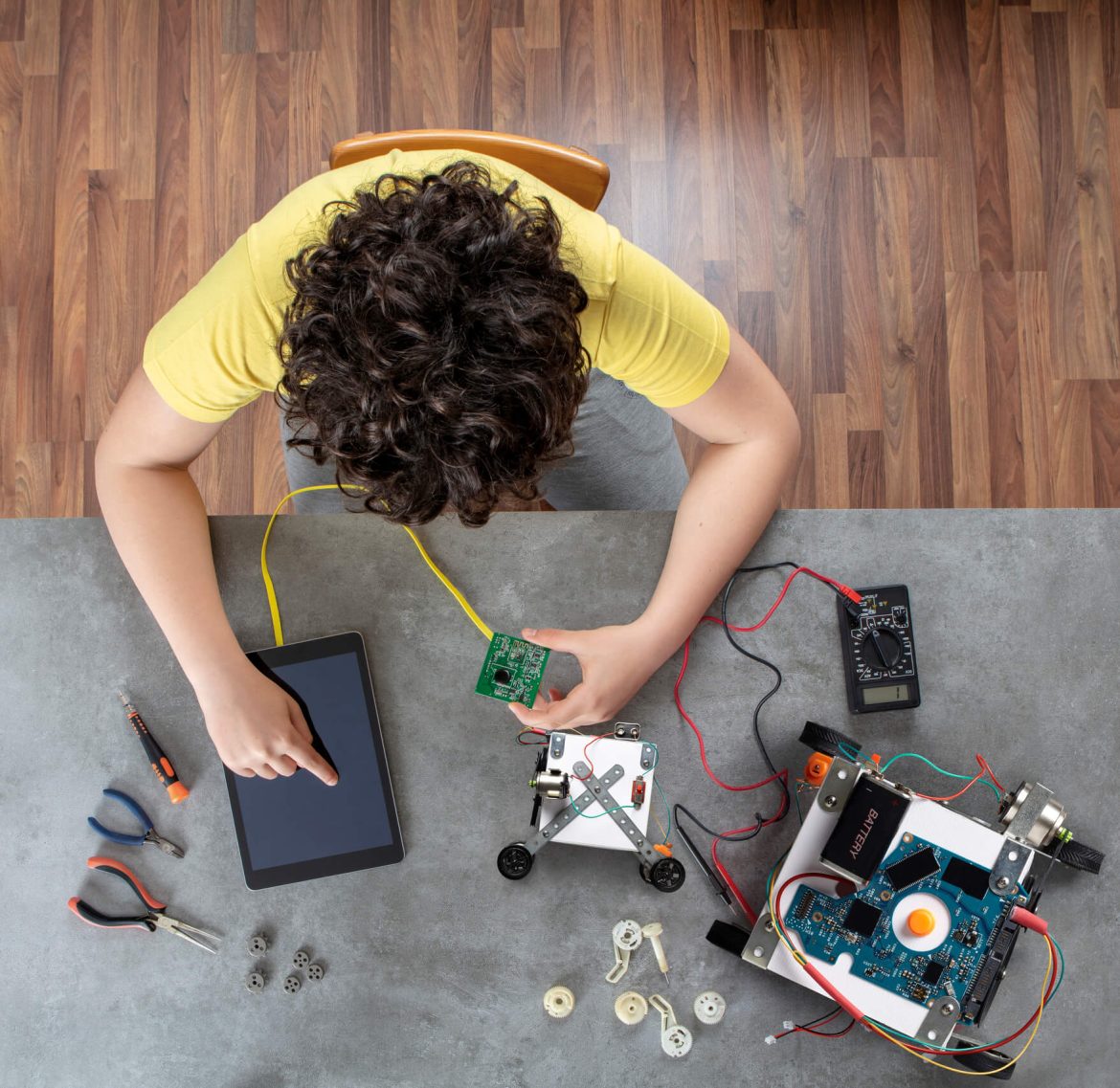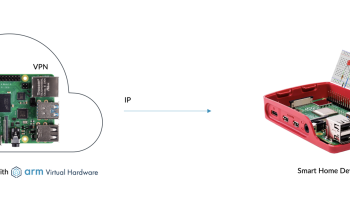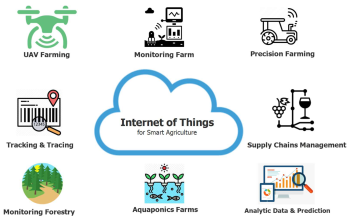Let’s be honest, getting students genuinely excited about science and math can feel like an uphill battle sometimes. Textbooks and theory are essential, sure, but nothing lights up a classroom—or a kid’s imagination—like building something that actually does something. That’s the magic of Raspberry Pi hardware projects.
These tiny, affordable computers are like digital Lego bricks for the 21st century. They transform abstract STEM concepts into tangible, hands-on experiences. We’re talking about building weather stations, coding robots, and creating art—all while learning the fundamentals of computing, electronics, and engineering. Let’s dive into some of the most impactful educational STEM applications you can bring to your students or your own kids at home.
Why Raspberry Pi is a Game-Changer for Hands-On Learning
You know how some lessons just… stick? The ones where you got your hands dirty? A Raspberry Pi is the ultimate tool for that kind of learning. It’s not a sealed box; it’s a wide-open playground. Students get to see the direct connection between the code they write on a screen and the physical world they interact with. This cause-and-effect relationship is incredibly powerful for cementing complex ideas.
It demystifies technology. Instead of a smartphone being a mysterious black slab, it becomes a collection of understandable components: a processor, memory, sensors, and inputs/outputs. This foundational knowledge is, frankly, priceless in today’s world.
Core STEM Projects to Build Foundational Skills
Alright, let’s get practical. Where do you even start? These beginner to intermediate projects are perfect for building confidence and core competencies.
The All-in-One Weather Station
This is a classic for a reason. It wraps up earth science, data analysis, and basic electronics into one fantastic package. Students can assemble a station that tracks:
- Temperature and Humidity: Using a simple DHT11 or DHT22 sensor.
- Barometric Pressure: With a BMP180 or BME280 sensor (these are nifty little chips).
- Rainfall: With a DIY rain gauge or a pre-built sensor.
The real learning happens when they start logging this data. They can write a Python script to take readings every hour and save them to a file. Later, they can graph the data to see correlations—like how pressure drops before a storm. It turns abstract weather concepts into hard, personal data.
Build a Programmable Robot Car
If you want to see engagement skyrocket, just mention the word “robot.” A simple two or four-wheeled robot car kit is one of the best Raspberry Pi hardware projects for teaching physics, mechanics, and logic.
Here’s the process in a nutshell:
- Assemble the Chassis: This introduces basic mechanical engineering and the importance of structural integrity.
- Wire the Motors: Students learn about motor controllers (like the L298N), power management, and why you can’t just plug a motor directly into the Pi.
- Code the Movement: This is where computational thinking comes in. They write functions for “forward,” “backward,” “left,” and “right.”
- Add Sensors: Ultrasonic distance sensors allow the car to avoid obstacles autonomously, introducing basic artificial intelligence concepts.
Intermediate Projects: Integrating Sensors and Data
Once the basics are down, you can move on to projects that involve more complex data handling and interaction. These are perfect for high school students or advanced middle schoolers.
A Smart Garden with Automated Plant Care
This project blends biology with computer science. The goal is to create a system that monitors a plant’s environment and takes action to keep it healthy. It’s a living, breathing application of the Internet of Things (IoT).
The setup might include:
| Component | STEM Concept |
| Soil Moisture Sensor | Biology (plant needs), Analog-to-Digital Conversion |
| Photoresistor (Light Sensor) | Physics (light energy), Conditional Logic |
| Small Water Pump | Engineering (fluid dynamics), Controlling Higher Power Devices |
| Python Control Script | Computer Science (if/else statements, loops) |
The code is straightforward but powerful: IF the soil is dry, THEN turn on the water pump for five seconds. It teaches problem-solving in a very direct, satisfying way.
DIY Home Security System
This one always feels a bit like a spy movie, and that’s why it works. Using a Raspberry Pi and the standard Raspberry Pi Camera Module, students can build a motion-activated security system.
The workflow introduces some seriously valuable concepts:
- Motion Detection: Using software like Motion or a Python library to analyze video feed for changes.
- Event-Triggered Actions: The system doesn’t just record 24/7; it springs to life when motion is detected. This is a core concept in automation.
- Network Communication: Configuring the Pi to send an email or a notification to a phone when it detects something. This demystifies how our connected devices “talk” to each other.
Advanced Applications: Pushing into Real-World Engineering
For students who are ready for a real challenge, these projects simulate the kind of work done by professional engineers and programmers.
Building a Portable Retro Gaming Console
This is a fantastic gateway into software engineering and user interface design. Using software like RetroPie, students can turn their Pi into a console that plays thousands of classic games.
The hardware side involves connecting USB controllers or even building a custom case with integrated controls. The software side, though, is where the deep learning happens: managing an operating system, configuring emulators, and understanding file structures. It teaches system administration in a fun, accessible package.
Network-Attached Storage (NAS) Server
This project is less about flashy lights and more about the practical, invisible infrastructure that powers our digital lives. By connecting a large external hard drive to the Pi and installing software like Samba, students can create their own private “cloud” storage.
They’ll learn about:
- Local Area Networks (LANs): How devices in a home share data.
- User Permissions: A critical concept in cybersecurity.
- Data Redundancy: The importance of backups (a lesson everyone needs to learn eventually!).
The Bigger Picture: More Than Just a Project
At the end of the day, these Raspberry Pi hardware projects are about more than just the final product. They’re about the process. The frustration of a wire in the wrong place teaches troubleshooting. The joy of a robot finally obeying its code teaches perseverance.
They build a mindset—a way of looking at a problem and thinking, “I can probably build a solution for that.” In a world filled with ready-made technology, that ability to create, to tinker, and to understand is becoming the most valuable skill of all. It’s not just about learning STEM; it’s about becoming a builder for the future.




